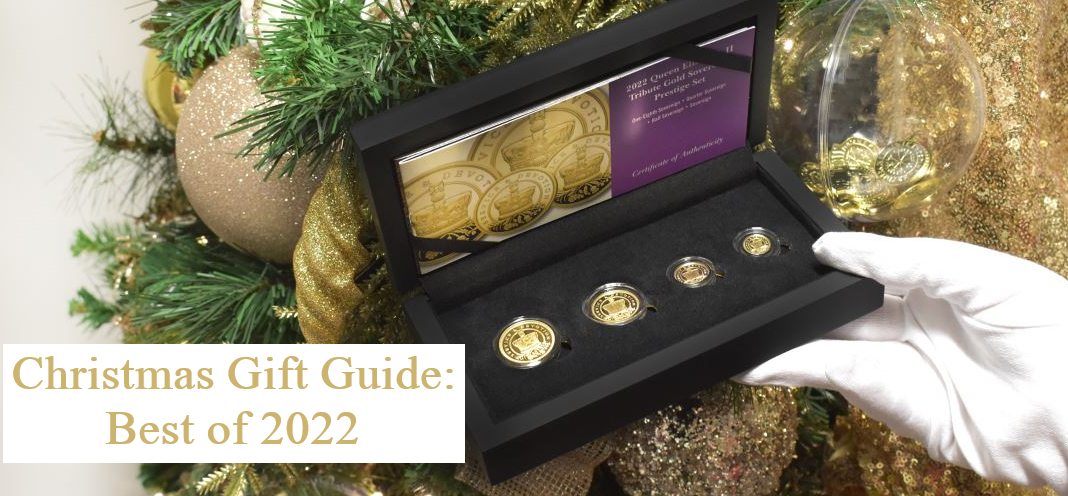
Our latest release; the 2023 Prince George 10th Birthday Gold sovereign Range, celebrates the 10th birthday of HRH Prince George, second in line to the throne and grandson of King Charles III.
A world-first for many reasons, in this blog, we will be dissecting the main features of this remarkable range…



